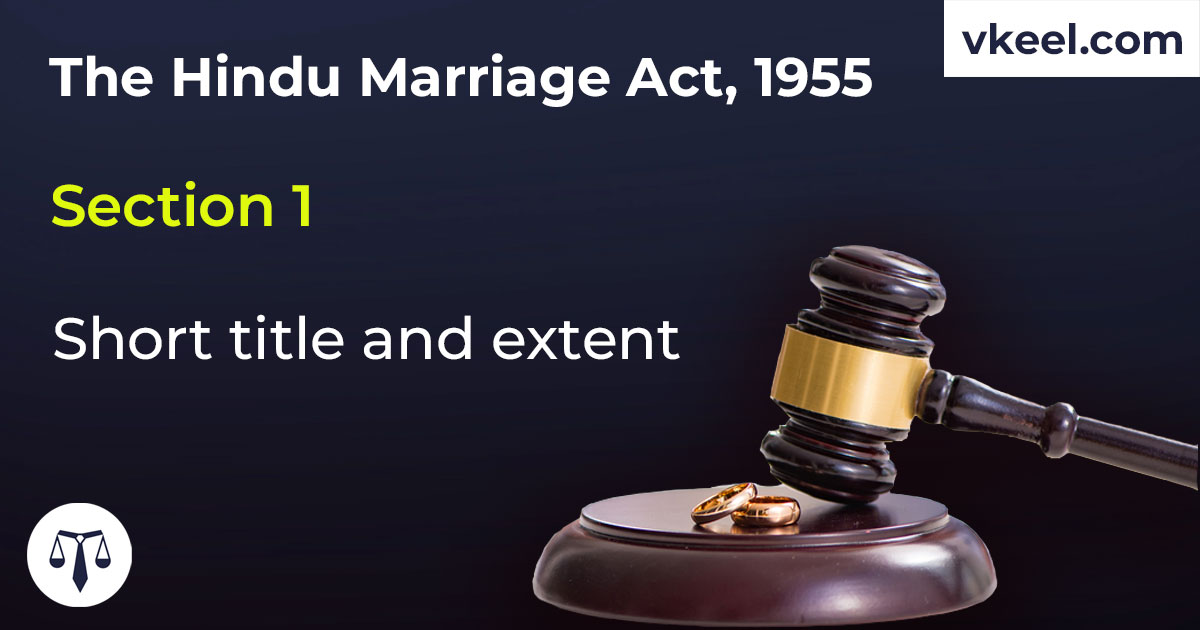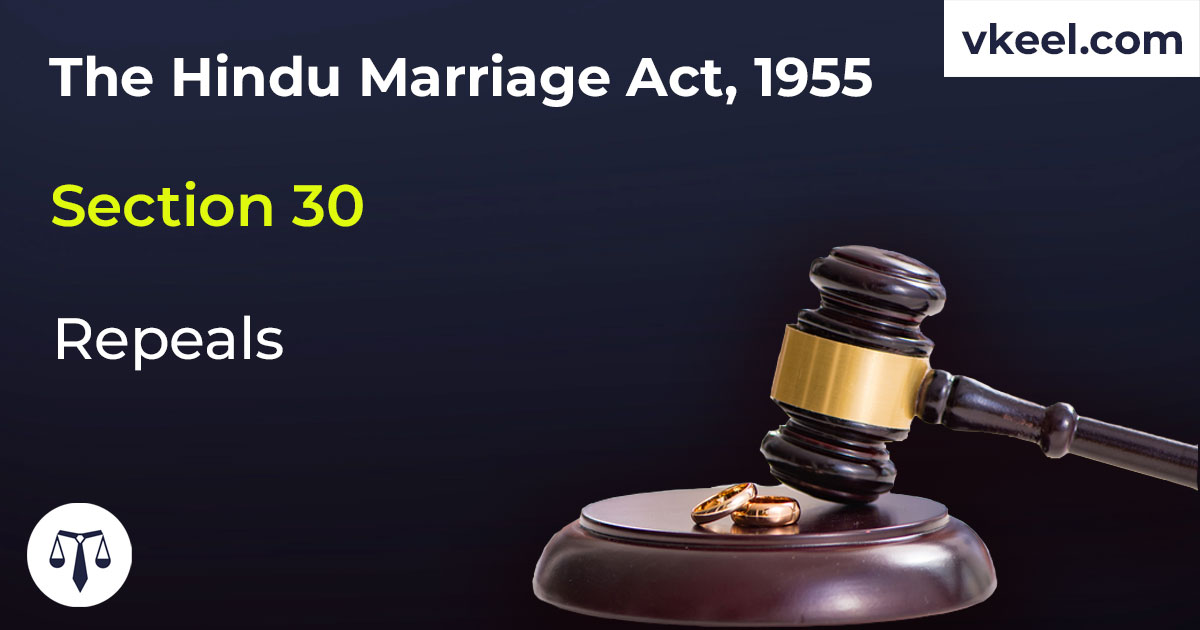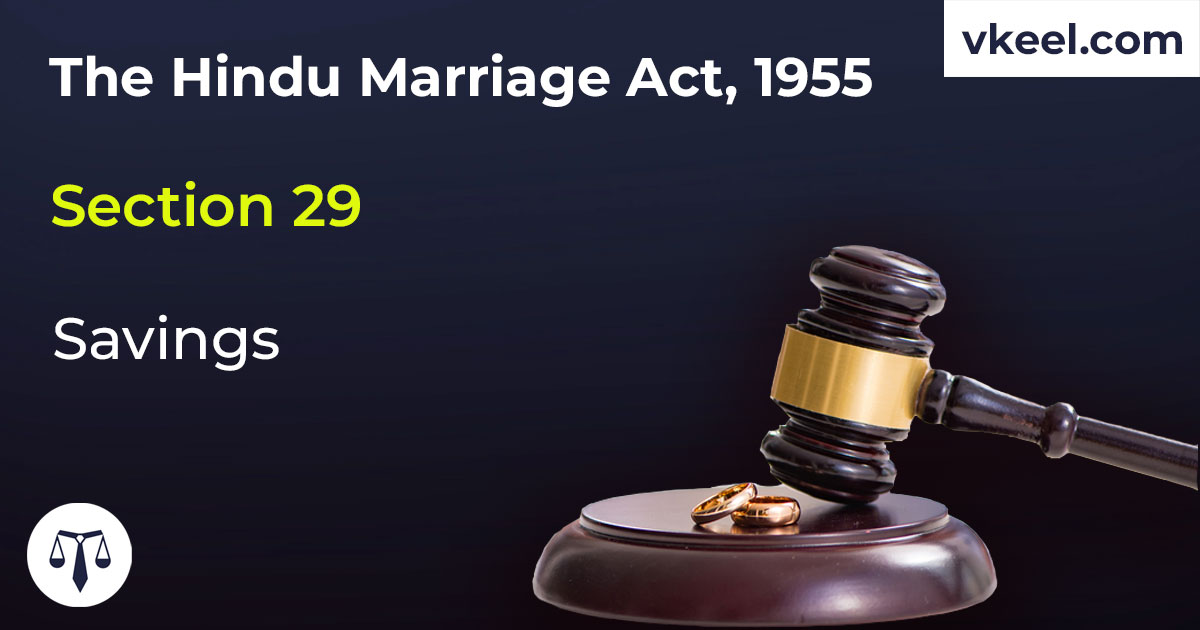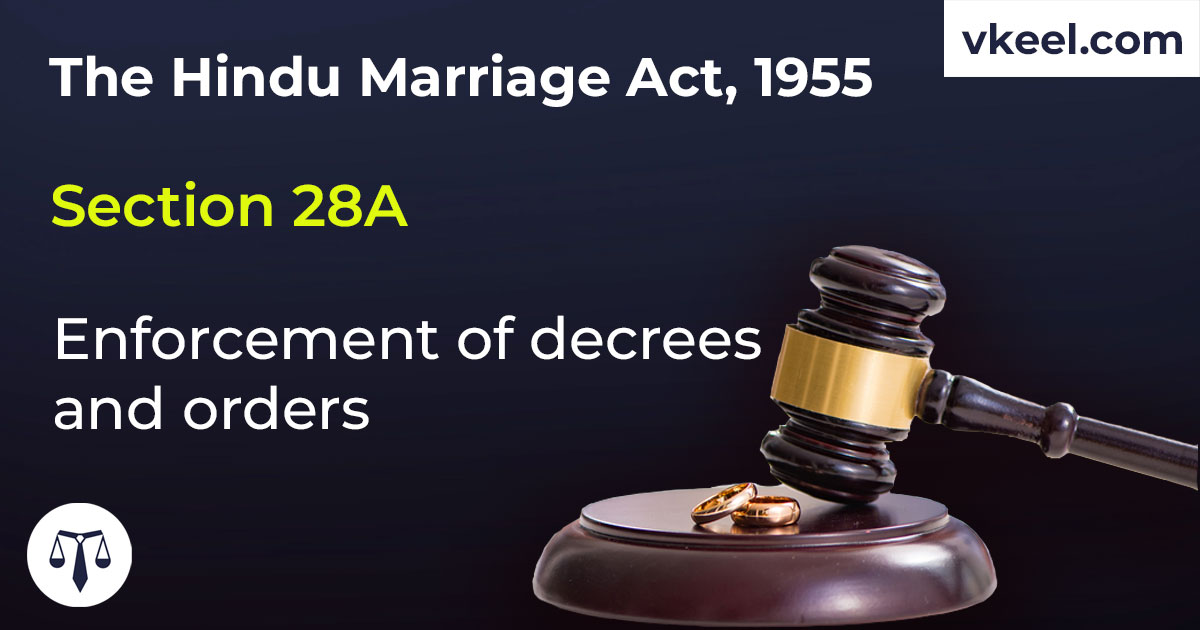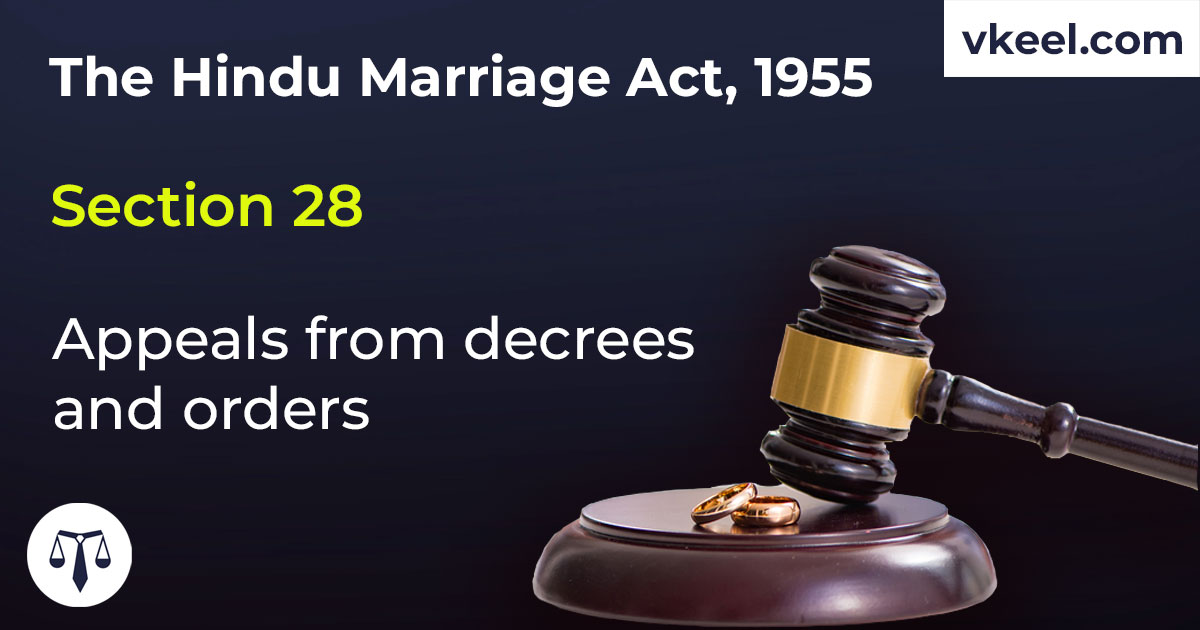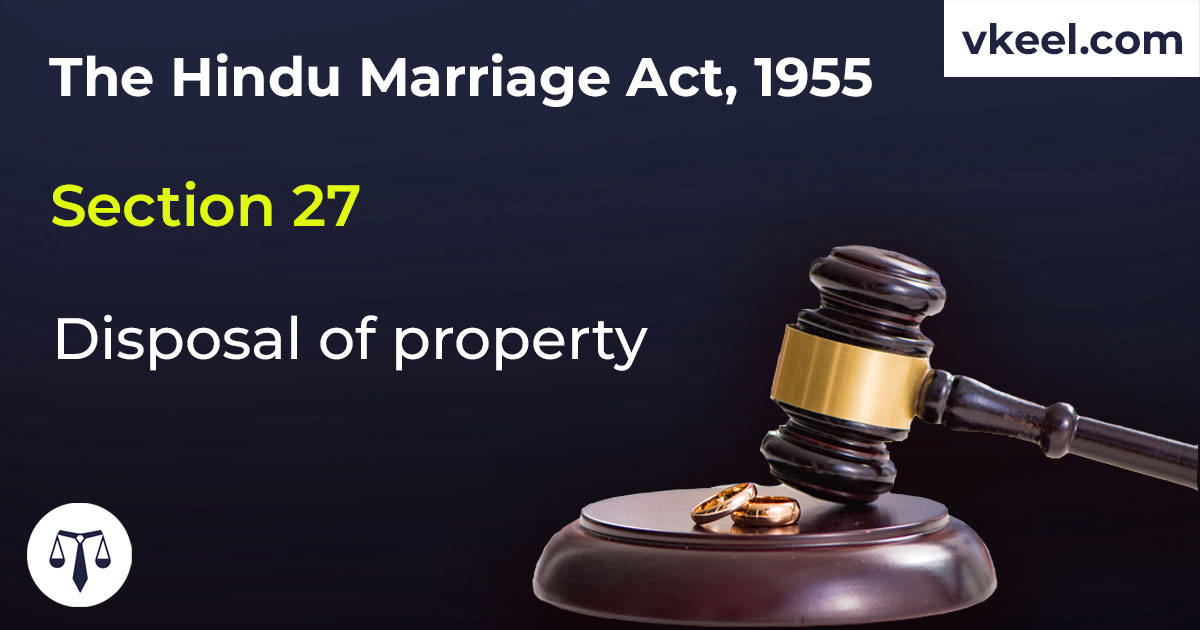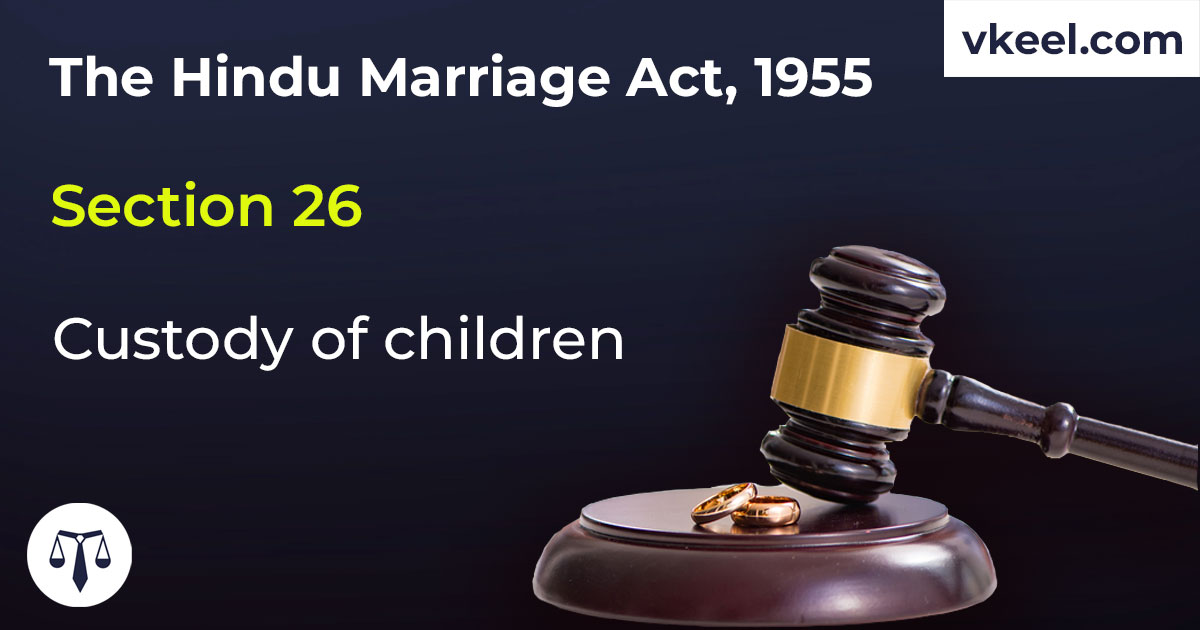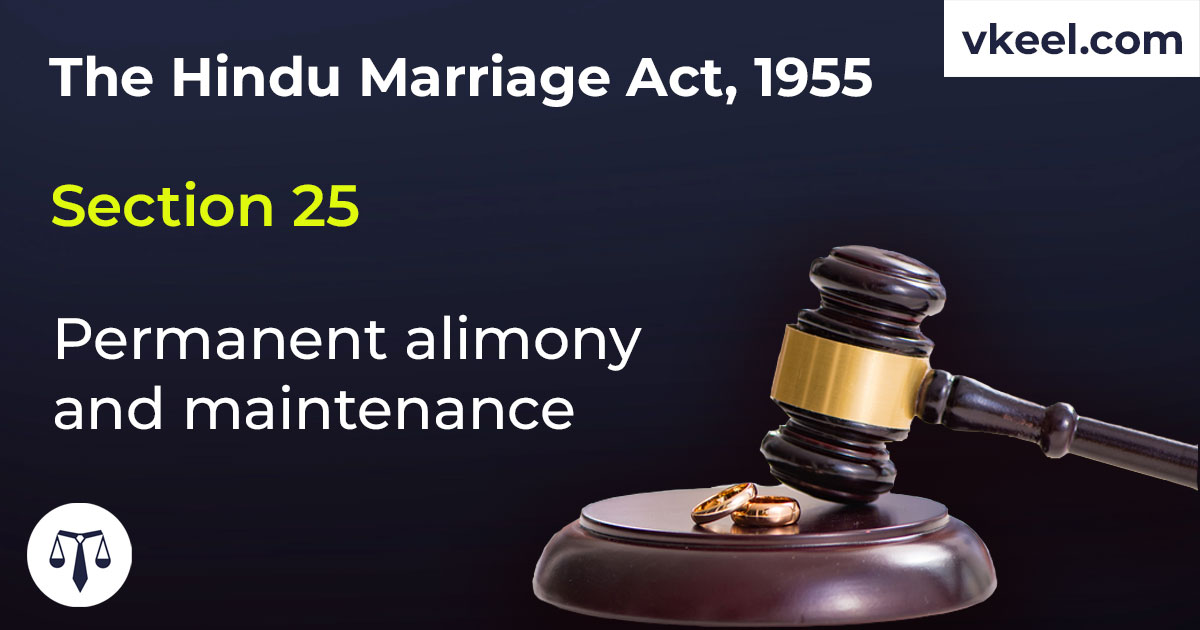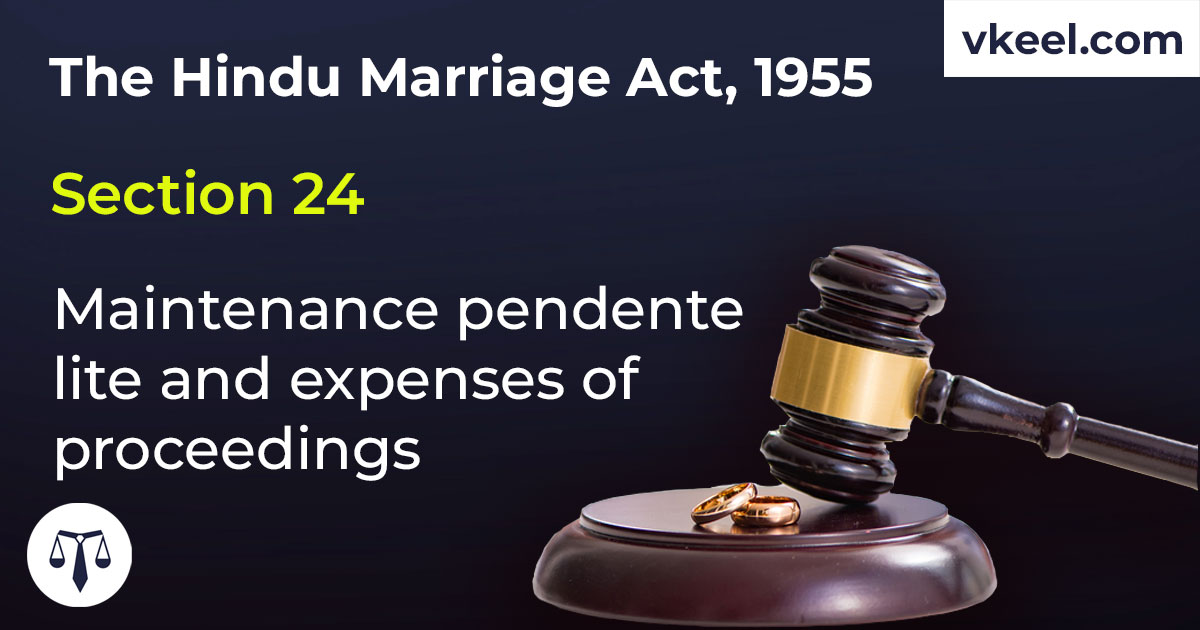Section 1 Hindu Marriage Act 1955 – Short title and extent
By Vkeel Team
Description
“Section 1 Hindu Marriage Act 1955”
(1) This Act may be called the Hindu Marriage Act, 1955.
(2) It extends to the whole of India except the State of Jammu and Kashmir*, and applies also to Hindus domiciled in the territories to which this Act extends who are outside the said territories.
The Hindu Marriage Act, 1955: An Overview of Section 1 and Its Impact on Indian Society
The Hindu Marriage Act, 1955 is a landmark legislation in India that governs the marriage laws of Hindus. It is applicable to Hindus, Buddhists, Jains, and Sikhs. The Act was passed by the Parliament of India in 1955 and came into effect on 18th May, 1956.
Section 1 of the Hindu Marriage Act, 1955 defines the conditions for a valid Hindu marriage. According to this section, a marriage is considered valid if the following conditions are met:
1. The bride and groom must be Hindus, Buddhists, Jains, or Sikhs.
2. The bride and groom must be of the age of majority, i.e. 18 years for the bride and 21 years for the groom.
3. The bride and groom must not be within the degrees of prohibited relationship as per the Hindu Marriage Act.
4. The bride and groom must not have a living spouse at the time of marriage.
5. The bride and groom must be mentally sound and capable of giving valid consent to the marriage.
6. The bride and groom must not be suffering from any mental disorder or mental disability.
7. The bride and groom must not be subject to any contagious disease.
The Hindu Marriage Act, 1955 has had a significant impact on Indian society. It has provided a legal framework for the regulation of Hindu marriages and has helped to ensure that marriages are conducted in a socially acceptable manner. The Act has also provided a legal basis for the recognition of Hindu marriages and has helped to protect the rights of married couples.
The Act has also helped to reduce the prevalence of child marriage in India. By setting the minimum age of marriage at 18 years for the bride and 21 years for the groom, the Act has helped to ensure that marriages are conducted between adults who are capable of giving valid consent. This has helped to reduce the incidence of child marriage in India.
The Hindu Marriage Act, 1955 has also helped to reduce the prevalence of dowry in India. By making dowry a punishable offence, the Act has helped to discourage the practice of dowry and has helped to protect the rights of married couples.
Overall, the Hindu Marriage Act, 1955 has had a positive impact on Indian society. It has provided a legal framework for the regulation of Hindu marriages and has helped to ensure that marriages are conducted in a socially acceptable manner. It has also helped to reduce the prevalence of child marriage and dowry in India.
*. Vide notification No. S.O. 3912(E), dated 30th October, 2019, this Act is made applicable to the Union territory of Jammu and Kashmir and the Union territory of Ladakh.
Description Source: indiacode
Disclaimer:
The information provided in the article is for general informational purposes only, and is not intended to constitute legal advice or to be relied upon as a substitute for legal advice. Furthermore, any information contained in the article is not guaranteed to be current, complete or accurate. If you require legal advice or representation, you should contact an attorney or law firm directly. We are not responsible for any damages resulting from any reliance on the content of this website.

